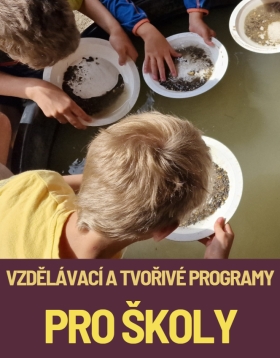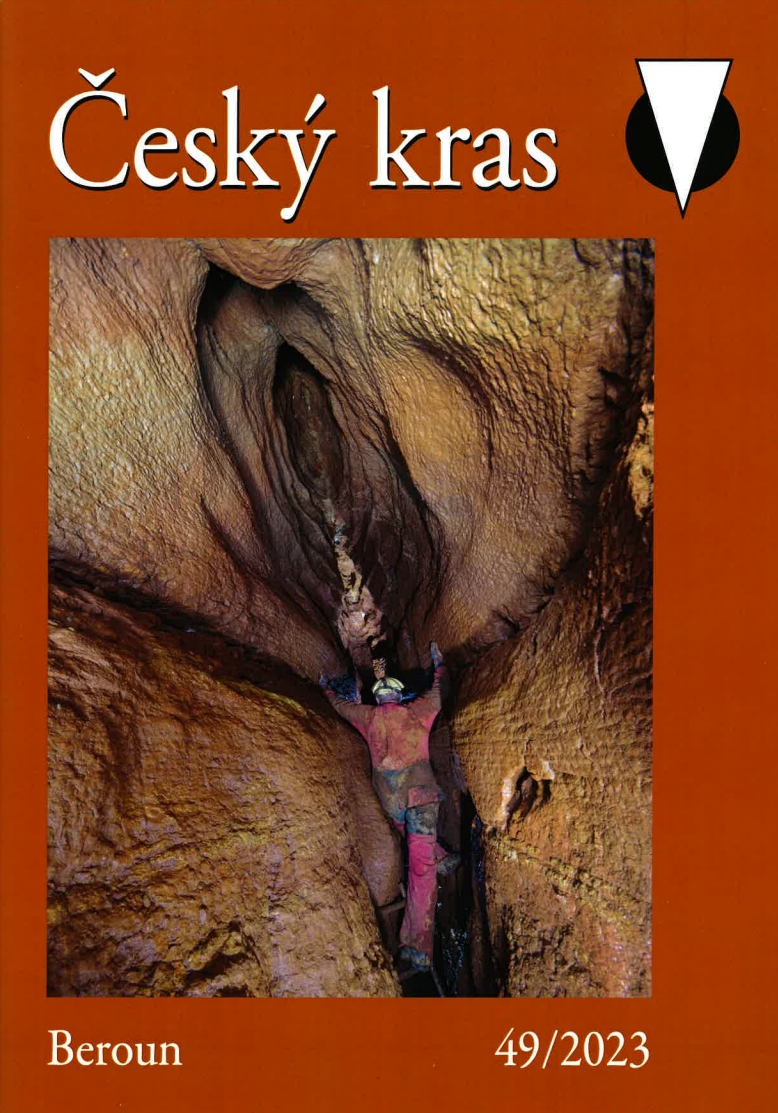Etnografická expozice evokuje zařazením jednotlivých sbírkových předmětů uspořádání venkovského interiéru 1. poloviny 19. století. Dle zásady „část za celek“ je zde použit sbírkový materiál, který je nositelem informace a zároveň je vizuálně zajímavý.
Skládá se z tzv. svatého koutu jako připomínky duchovní spirituality, dále pak z intarzované truhly užívané spíše v selských domácnostech, stejně jako intarzovaného nástavcového misníku pocházejícího ze druhé poloviny 18. století.
Expozice je doplněna dvěma židlemi, kolébkou, přeslicí a kolovratem jako připomínkou práce a intimního života rodiny, dvou věcí, které se v lidovém interiéru odedávna prolínají a doplňují.
The Ethnography ExpositionSocial and economic factors influenced the inside of the houses, their layout, furnishing and equipment. House facilities reflected primarily the social status of dwellers (peasants, craftsmen, farmers, burghers etc.) In course of time several types of buildings came into being. The oldest type was a single house – a small building with one undivided interior space. Later in the Middle Ages so called three-part houses were built. They usually had a hall which represented the entrance space, a main room – built on the side of the house – adjoining the village or the local communication and a chamber that was situated on the opposite side. Such houses were typical for Czech settlement in a flat countryside. An oven used to be next to the hall door, a table with benches or chairs was usually placed in the corner near a window oppositethe oven. In another corner, near a cradle and a chest there was a bed. An old type of sideboards with jars used to stand were in the corner next to the door. The main room was also equipped with working tools, a spinning wheel, a distaff with a loom etc. For a long time this kind of traditional interior remained unchanged. The table was always placed in the most imporatnt part of the room. Family members gathered at it to eat their meals. It also played a vital role in folk customs. The table had a constant place in the house and was passed from generation to generation. The chest/ranks to the oldest parts of folk dwellings. The simplest ones were used for storing grain or flour. They were unadorned and mostly divided by partitions to avoid mixing various kinds of flour. Chests for storing clothes and other items went through a long development. Most of them were later decorated with paintings, marquetry or carvings. The cradle was originally made of wood or woven. But later it had different shapes and decorations. The benches were stood around the table in the corner and around the oven and occasionally were also used for sleeping. They were usually decorated with paintings. The first chairs appeared in the early 18th century and used to be decorated with carving, profiling or painting on the back surface. The cabinet is the youngest piece of furniture as clothes were namely stored in a chest before. For its dimensions it was placed in the chamber. The earliest cabinets were rather small, plain, unadorned and without legs. Double wardrobes with rich profiling rails and legs appeared as late as in the 18th century. The saint corner was situated diagonally from the oven. It usually had a table with a corner bench. On the walls there were pictures – icons of saints and crucifix. Old customs and family habits took place here, near the table and the corner walls. A newborn baby used to be on the table and a dying family member used to be served here. This part of the room played an important role in the family and festive occasions: weddings, Christmas etc.
|
 Vytisknout tiskovou zprávu
Vytisknout tiskovou zprávu







